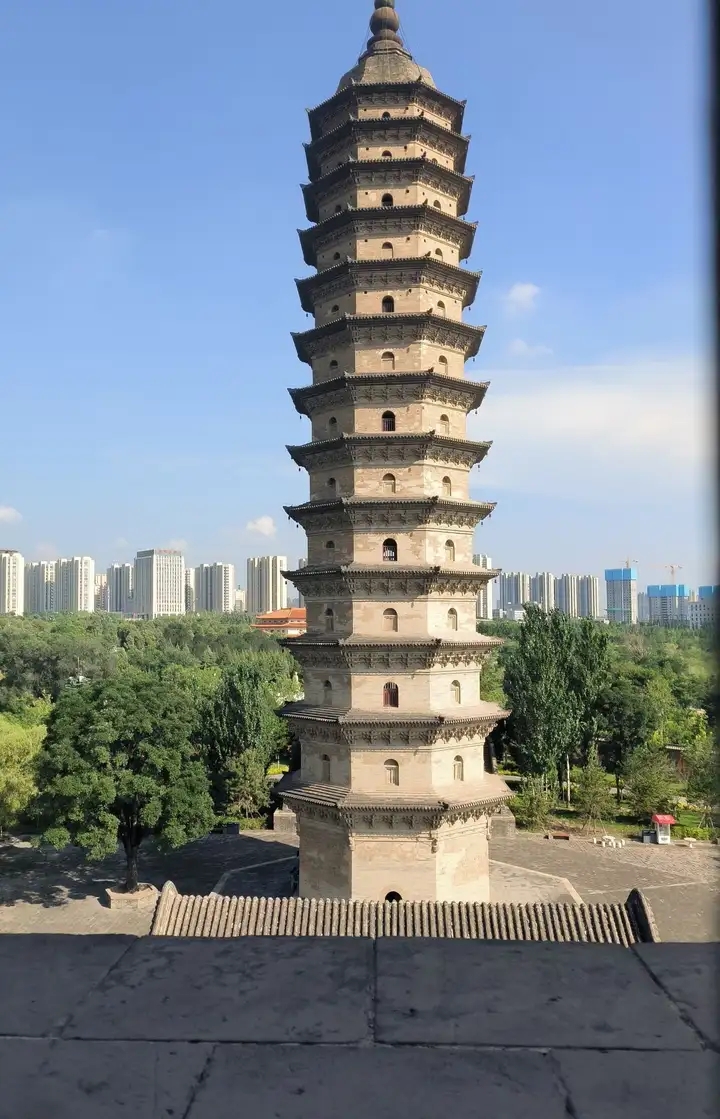Exploring Shanxi without Driving: In limited time, it’s impossible to fully experience Shanxi in depth. Generally, visiting the Jinbei and Jinzhong regions of Shanxi takes around 15 days each, as does the Jinbei region, including cities like Yuncheng, Jincheng, Linfen, Changzhi, and southern Lüliang. In these southern areas, many attractions are remote and not well-developed, requiring self-driving for easier access. This guide will focus on exploring the Jinbei and Jinzhong regions of Shanxi. Overall, Shanxi’s attraction tickets are relatively affordable, with most places offering half-price tickets for minors under 18 and free entrance for seniors over 60.

Datong
Day 1
Datong Old City: The old city has five key national heritage sites, including Shanhua Temple and Huayan Temple, which are national treasures dating back to the Liao Dynasty.
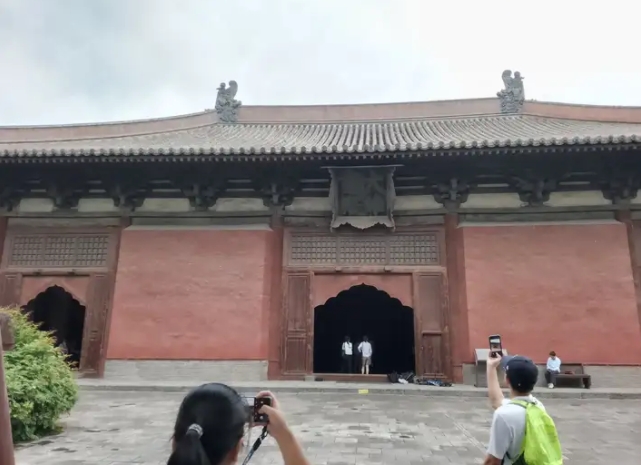
The other three sites are Guan Di Temple, the Nine-Dragon Screen, and the Drum Tower.


Although the city walls are recent reconstructions, they’re visually impressive and built in the traditional style. Entrance to the walls is recommended, while entering the Prince Dai Residence is optional. Except for Huayan Temple, which costs 50 RMB, the other sites are free.
Day 2
Yungang Grottoes: Accessible from the city center by bus route 3, which is often fully occupied during peak travel times. Tickets are 120 RMB, with a half-price ticket at 60 RMB. The site includes caves 3, 5, 9–13, and 20, which contain stunning Buddha statues, wall paintings, and reliefs. Many caves prohibit photography, and security enforces this rule. If there’s time, the Datong Museum is also worth a visit for authentic cultural artifacts.
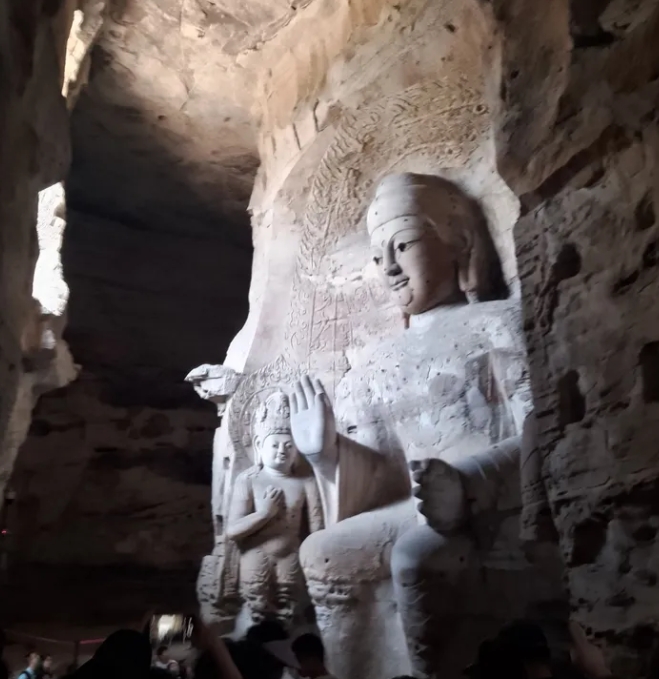


The seated statue of Manjushri Bodhisattva in Yungang’s Cave 20 is one of the earliest caves carved at Yungang and serves as an iconic symbol of the site.
Day 3
Yingxian Wooden Pagoda, Hanging Temple, and Hengshan Mountain: The Datong city offers guided tours to these attractions, but self-drivers should also visit the Everlasting Peace Temple and Jingtu Temple in Hunyuan, though availability may vary. The Wooden Pagoda is an architectural marvel of China, while the Hanging Temple offers breathtaking views and historical significance. Tickets for the Hanging Temple cost 10 RMB, with an additional 100 RMB for entering. The Wooden Pagoda entry fee is 50 RMB, and Hengshan is 58 RMB.
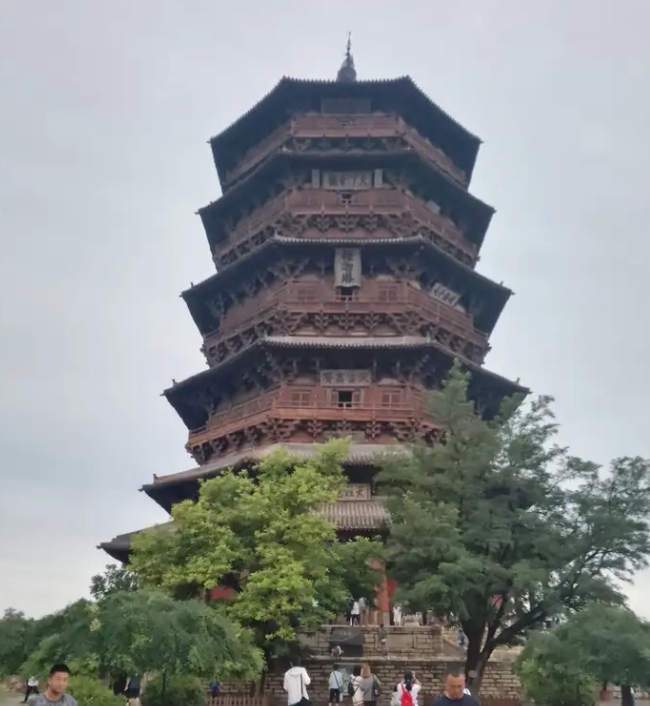

Notable food spots include Dongfang Knife-Cut Noodles near the west gate, as well as Sun’s Steamed Buns shop and a nearby fruit market.
Xinzhou
Day 4
Wutai Mountain: Key temples include Xiantong, Tayuan, Shuxiang, and Pusa Peak, which can be visited in one day, with an overnight stay at Wutai Mountain. Be cautious of mudslides if visiting in the summer.
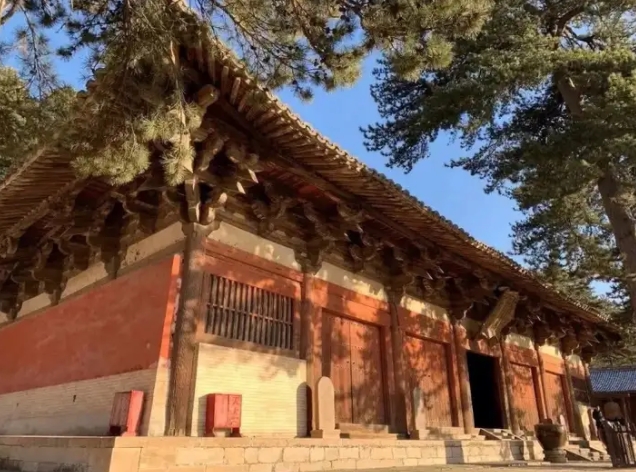
Day 5
Foguang Temple and Nanchan Temple: Almost the only remaining Tang Dynasty structures, these temples showcase architecture from various eras. Foguang Temple is like an architectural museum of the Tang, Jin, Ming, and Qing dynasties. Tours are available from the town of Taihuai.

Day 6
Yanmen Pass, Bianjing Tower, and Ayuwang Pagoda: Yanmen Pass, known as one of the nine great passes of China, and Bianjing Tower, the largest brick-wood tower in China, are significant historical sites in Dai County. Yanmen Pass can be reached with a tour, but self-driving is recommended for the other two locations. The ancient city of Xinzhou is optional to visit.
Jinzhong
Day 7
Pingyao Old City: Must-visit sites include the City Wall, Chenghuang Temple, Confucius Temple, and the Rishengchang Exchange House. The 125 RMB all-inclusive ticket allows multiple entries and covers all attractions within the old city. For easy transportation within the city, there are rides available at 10 RMB per person.
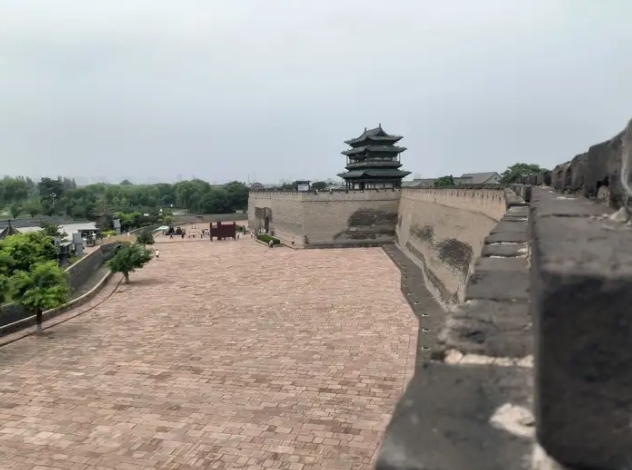



Day 8
Wang Family Compound and Hukou Waterfall: These two attractions are on the same route, though an early start is necessary. Travel groups in Pingyao offer tours covering these destinations, but keep in mind that road closures due to rain might occur.
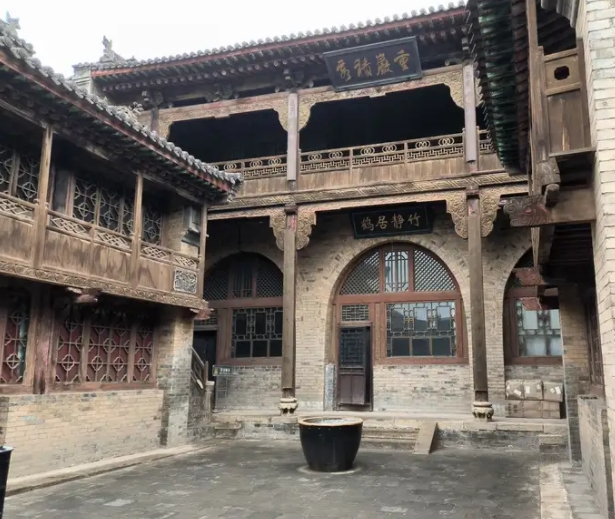

Day 9
Zhenguo Temple and Shuanglin Temple: Zhenguo Temple, with its Five Dynasties wood structure and original statues, is one of the oldest wooden buildings in China. Shuanglin Temple is famous for its intricate Thousand Buddha Hall statues. Note that the Shuanglin Temple Thousand Buddha Hall is closed for renovations until April 2024, and neither temple is included in the Pingyao ticket package.
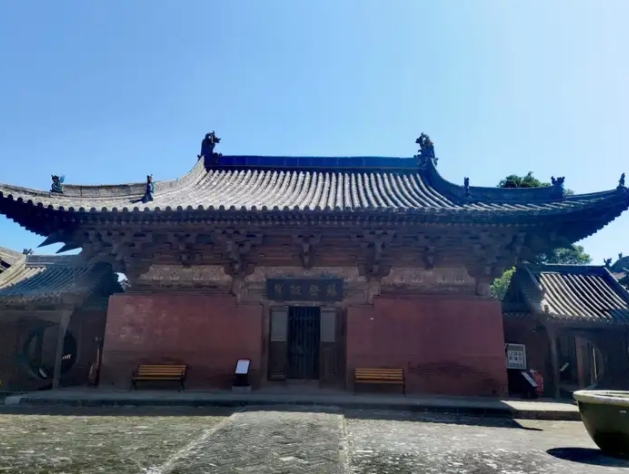
The Ten Thousand Buddha Hall in Zhenguo Temple is a building of the Northern Han Dynasty.
The Ten Thousand Buddha Hall in Zhenguo Temple is a building of the Northern Han Dynasty.
Day 10
Jiexiu: Options include Mianshan Mountain, a 5A scenic area accessible by bus, and Houtu Temple, an architectural treasure of Jiexiu with beautiful glazed decorations. The temple opens only after 2:30 PM and has few visitors.
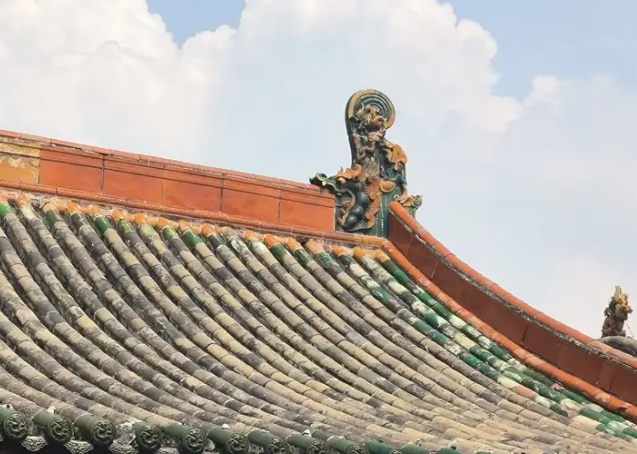


Other sites include the Jiexiu Temple of the City God and the Five Peaks Temple, though some areas may be closed.

Lüliang (2–3 days)
Fenyang: Notable attractions include Fenjiu Distillery, Wenfeng Pagoda, and Taifu Temple.
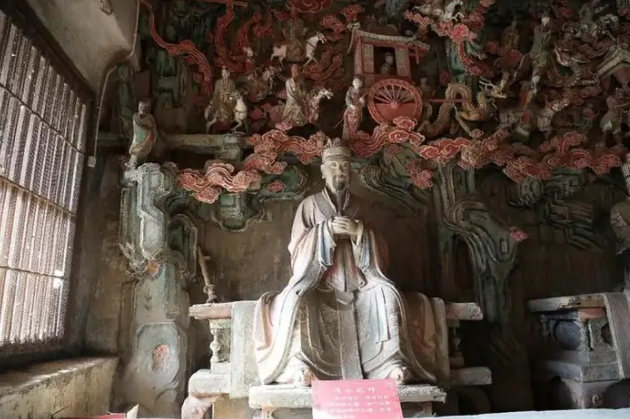
The exquisite hanging sculptures in Taifu Temple
Wenshui: Home to the Zetian Temple, a shrine to Empress Wu Zetian, and the memorial to Liu Hulan.
Jiaocheng: Gua Mountain and Tianning Temple.
Xixian: Xiaoxi Tian, known for its extraordinary cliff carvings.


Liulin: Xiangyan Temple.
Qikou: Ancient town along the Yellow River.
Lao Niuwan: Along the Yellow River.
Taiyuan
Day 14
Jinci Temple and Shanxi Museum: Jinci Temple, located about an hour’s drive from the city, is an iconic destination with ancient trees, Song Dynasty structures, and the famous Saint Mother Hall. Admission is 80 RMB. The Shanxi Museum requires a reservation in the peak season but is generally accessible in the off-season. The museum is free, and visitors can pick up a brochure at the entrance and collect stamps on the fourth floor.

The large locust tree with a history of 1400 years is truly shocking.

A cypress tree with a history of 2600 years

The Zhou cypress. It is an extremely rare ancient tree with a history of more than 3000 years.

Shanxi Notre Dame Hall | Jinci Temple


Day 15
Taiyuan City Tour: Recommended spots include the Jinshang Museum, located in the former Shanxi Provincial Government Office, the Shanxi Arts Museum, also known as the Pure Yang Palace, and the Double Pagoda Temple, one of the few pagodas in China open for climbing, with an admission fee of 30 RMB. If time permits, explore Liu Alley and Drum Tower Street, which have popular shopping areas with various food vendors. The nearby Liu Wei Zhai, known for affordable local cuisine, is worth a visit.



